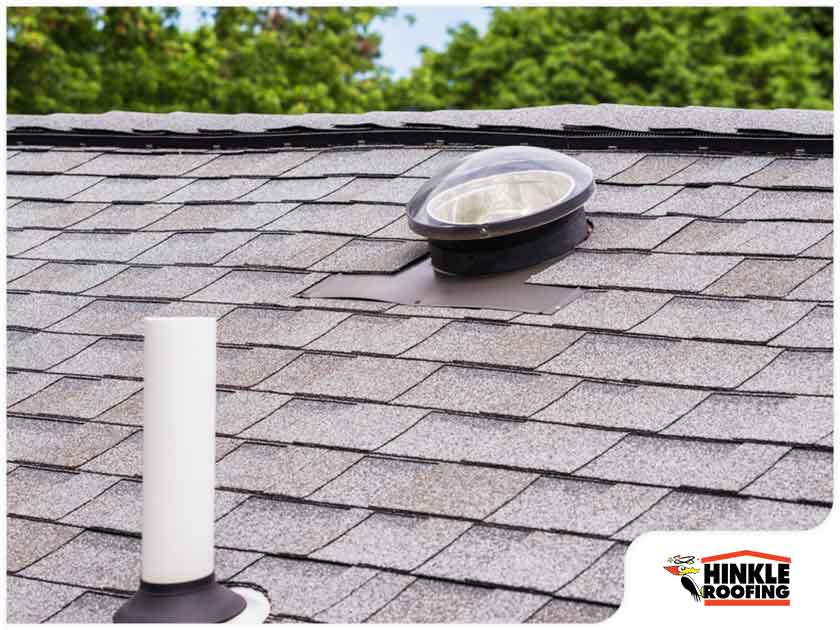When you’re discussing a roofing project with a residential and commercial roofing contractor, remember to talk about the ventilation system. Without a proper ventilation system, your roof can experience all sorts of problems and also affect the quality of living in your home.

Why Roofing Ventilation Matters and How It Works
Roofing ventilation prevents your attic from overheating and producing condensation. It allows air from the outside to enter while also allowing the air in the attic to exit. Roof vents work if the airflow through the attic is continuous.
2 Primary Ventilation Methods
There are two methods that make airflow possible through the space under your roof: natural and mechanical.
Natural ventilation is more common. It depends on the “wind effect” and the “stack effect” to work in circulating the air. This means your roof ventilation system does not need power to encourage air circulation.
Hot air naturally rises. It leads to higher pressure at the attic’s high points. This is the stack effect, which creates “exhaust”, or the escape of hot air. It needs cool air “intake” to push the exhaust. The wind effect is what you call an increase in the intake volume as a result of wind blowing against the roof. Good cool air intake and exhaust combine to create proper attic ventilation.
Mechanical ventilation is just as effective as natural ventilation, but it requires a power source to work.
It is not uncommon for natural and mechanical ventilation to be combined for more effective attic air circulation, especially in commercial roofing systems.
Benefits of Proper Roof Ventilation
Proper roof ventilation can extend the life of your roof by preventing destructive ice damming. Ice dams form when the attic is not adequately ventilated and thus, it overheats. The hot air at the top of the attic melts the snow, which then settles at the colder edges of the roof where it refreezes, forming ice dams. Ice dams force water to back up underneath your roofing materials, causing water damage.
Proper ventilation also prevents condensation in your attic, which can also lead to problems such as wood rot, corrosion, insect infestation (insects like moist, dark places) and mold growth. Heavy attic condensation may also make it seem like your roof is leaking.
Your air conditioner does not have to work too hard to keep your home cool and comfortable because hot air is not trapped in your attic. This also means you’re saving energy.
Get in touch with Hinkle Roofing to discuss your roofing needs, including attic ventilation systems. We are one of the most trusted roofing companies in the area. Call us today at (205) 324-8545 or fill out the form here.












